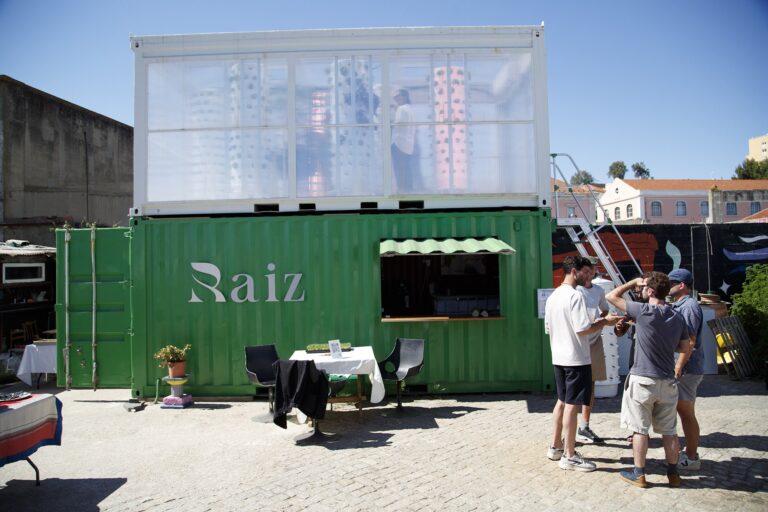In the circular economy, a business aims to minimize resource consumption and reduce waste, while maximizing the value that can be created by operating within as many “loops” as possible.

Waste-free innovations

A lot of packaging has been designed for traditional retail value chains. Think about the complex wrapping to protect items from being opened in the store to reduce theft, or bulky packaging with extensive marketing visuals to encourage consumers to buy that specific item. But when companies start shipping their products straight to consumers at home, many packaging designs make no sense at all. (Additionally, businesses incur high costs shipping layers of packaging material.) With Blue Box Partners we’ve worked on multiple innovations to limit packaging waste for the growing e-commerce market. The use case and context here is very different from traditional retail channels. Waste reduction benefits the end-user and all stakeholders in the value chain.

During one of the innovation accelerators we facilitated at O.I. and their sub brand Le Parfait, we worked on better waste-free retail concepts. The glass containers by Le Parfait are perfectly suited to eliminate layers of packaging used in the food value chain. Too much packaging ends up in landfills while reusable containers like this can be an ideal solution.
Life-cycle extension via a new service model

Instead of producing and selling steel and rubber conveyor belts to airports, Vanderlande (Toyota group) developed an innovation where self-driving carts take over baggage handling. They innovated their business model, as well, by switching to a service model where they remain the owner of these vehicles. When an airport wants to reduce or adapt their facilities, they can re-use these vehicles elsewhere or take them back for recycling. By owning these assets, they remain responsible for the full lifecycle, and therefore are responsible for any waste created. Too often, end-of-life and waste management is pushed to external players and society. This is an outdated way of thinking, and The Red Dot award won by this innovation is confirmation of the great work done by this venture team so far!
Take & waste less energy

One of the big battlegrounds is the fight against energy waste and the overall reduction of carbon emissions. When you’re exploring business models with a focus on sustainability, this topic is the recommended starting point. Several innovation projects done with ENGIE (GDF Suez), one of the leading European energy providers, saw this as their main challenge. Overall, it’s an expectation goal where a company tries to convince clients to use less of their product (energy) while maintaining a viable and healthy business model.

To speed up the adoption of innovations that will reduce emissions and help reach the Paris Agreement climate goal, we’ve worked with the ING Terra initiative. The main goal is to offer a better financing option and loans for those industries where the biggest positive impact can be reached: e.g. automotive, cement and aviation.

Learn more about circular business models
We offer practical resources to innovate to reach a circular economy business model.


